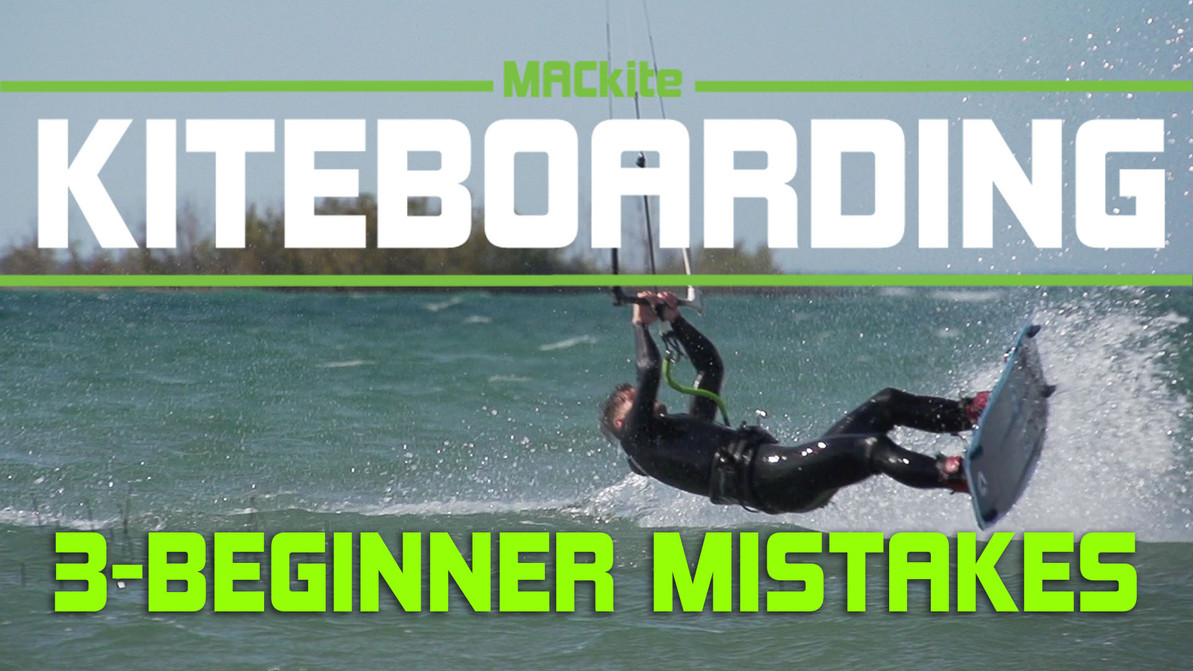3 Mistakes Every New Kitesurfer Makes
After years of riding, I've made a lot of mistakes along the way. The funny thing about kitesurfing is no one wants to show themselves riding bad or crashing. It occurred to me I can think of hundreds of mistakes I've made along the way. I'll be dropping these mistake videos along the way and I may even start intentional filming the right way vs the wrong way in future videos. This is going to be a fun one so lets dive right into it.
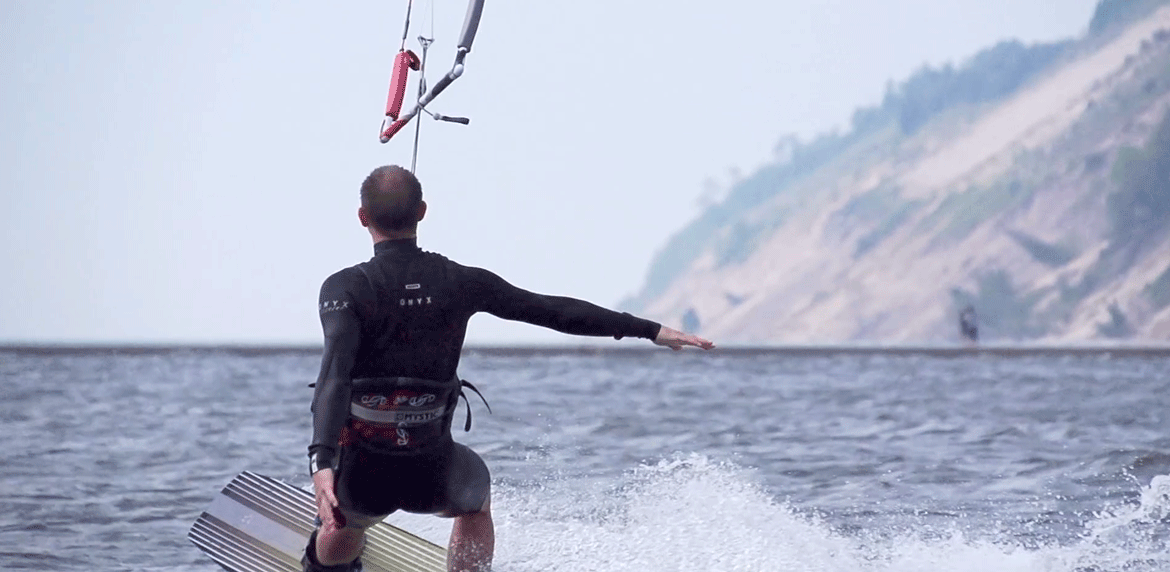
Mistake One - Riding Overpowered
Kitesurfers often ride a kite size too big because it makes jumping and getting air effortless. With modern kites, it's a lot safer now too but the problem is that it becomes a handicap. You won't develop the finer skills to get ever more air later and until you do, your riding is going to look stiff and awkward as you are always just trying to hold down all that power.
The solution is to pay your dues, learn how to load and pop, how to work on flicking the kite and loading your lines, using board speed to create more energy on the release. I did a whole video on controlling the kite with your edge. Where you come off your edge to create speed, load and go downwind after you jump.
A properly powered kite will lift you onto the balls of your feet when you sheet in. If you’re getting popped off the ground you're using too much kite. Don’t be afraid to ride in light winds either. I see so many riders who don’t go when it's less than 20 knots. 15 to 20 is amazing for learning new tricks and working on improving your jumping.
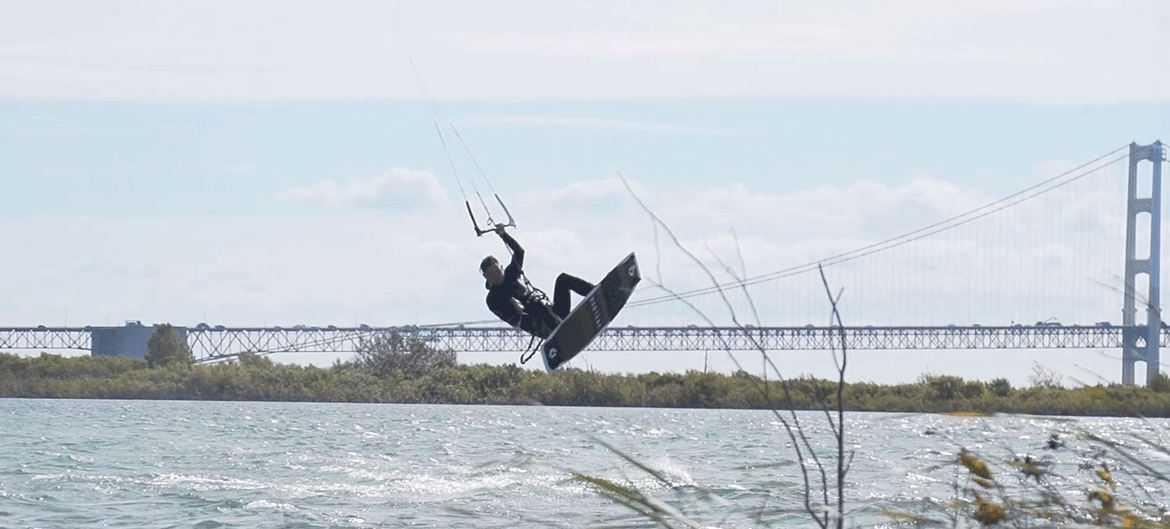
Mistake Two - Not Redirecting the Kite
This is one I see all the time. People get into the habit of using the kite like a parachute. Obviously there are times when you will need to. Especially when you send it for a big jump. The key is you need to do two things. First go with the forward pull of the kite when doing a trick. Imagine that forward pull as downhill if you were snowboarding or something.
Second, about five to ten feet above the ground you should re direct the kite forward. This does two things. It will pull you forward making everything look and feel better and it will set your kite at 45 so you can land downwind and use that speed to keep your board on a plane. If you leave the kite at noon, you will sink and fall back on your but. So imagine you are going a small power stroke right before you land so you can keep riding.
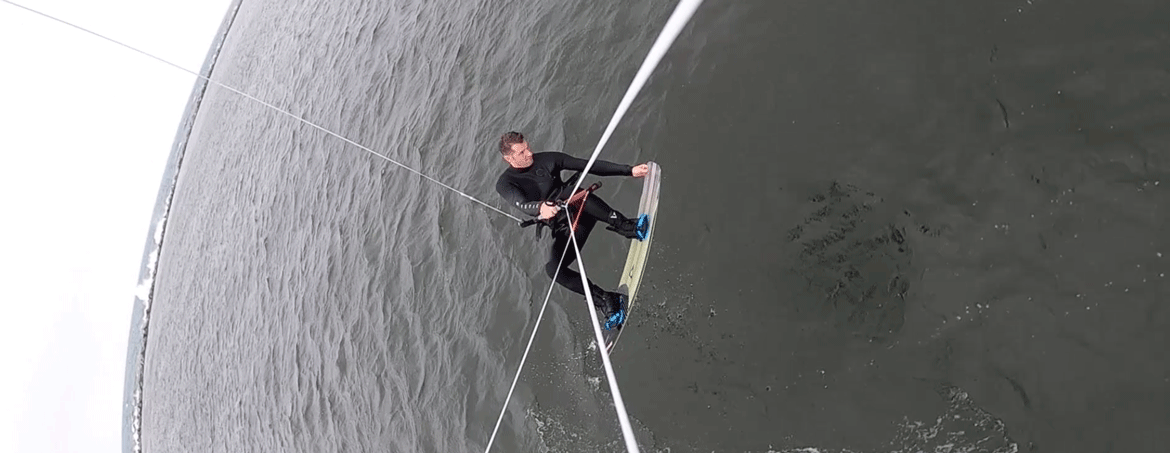
Mistake Three Not Learning how to Loop!
This is not so much a mistake as it is doing yourself a disservice. Kiteloops, downloops and heli loops are what make hooked in jumps exciting! To the rider and anyone watching from the beach. Leaning them doesn't have to be scary either. Just start doing them on the water constantly. Do a downloop with every transition. Do downloops after you redirect a jump.
Practice kite loops in light wind. I mentioned in my last front roll kiteloop tutorial that the best time to learn is when you're so underpowered you can barley jump and you want to get off the water. Adding a loop will make the jump fun again and you can build the exact muscle memory needed to do them in stronger winds.
Sports are all about repetition and muscle memory. The only way to get good is to do it over and over while establishing good habits. I encourage you to focus on your fundamentals and take small steps every session. It might not feel like you are making progress but I promise all that repetition is adding up.
Check out the video on kiteboard control here
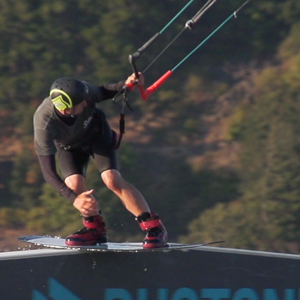 Ryan (Rygo) Goloversic
Ryan (Rygo) Goloversic
Many people dream of quitting their job, traveling the world and pursuing their passions. Rygo is one of those people who pulled the trigger. A few years into his career, he decided to change everything and travel as a kiteboarder, freelance videographer & writer. His mission is to share the stoke & help people put the boarding into their kiteboarding. Get outside and kite!
Producer of: Ride with Blake I Sessions I Versus I Destinations I Foil Fridays
Recent Posts
-
Kiteboarding | Crafting the Harlem Force Kite with Sustainability and Performance
Unparalleled Performance Meets Unmatched Sustainability The kiteboarding industry is on …24th Apr 2024 -
Duotone Ventis 2025 | What's New?
If you're familiar with Duotone's Ventis, you know its specialty is freeriding in light wind …23rd Apr 2024 -
Duotone Ventis D/LAB 2025 Overview
If you ride in an area with multiple light wind days and need a wing that'll let you get o …23rd Apr 2024

